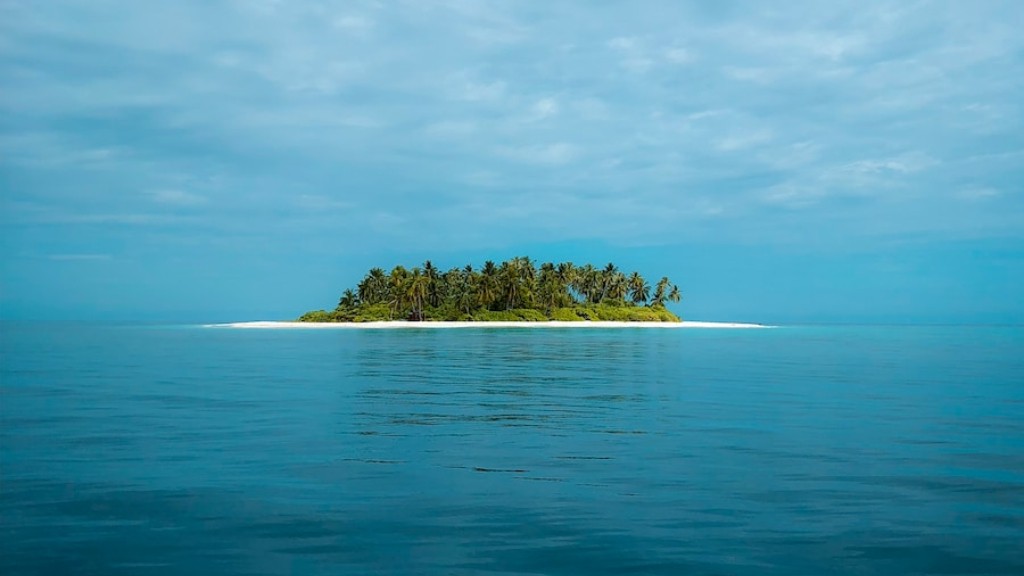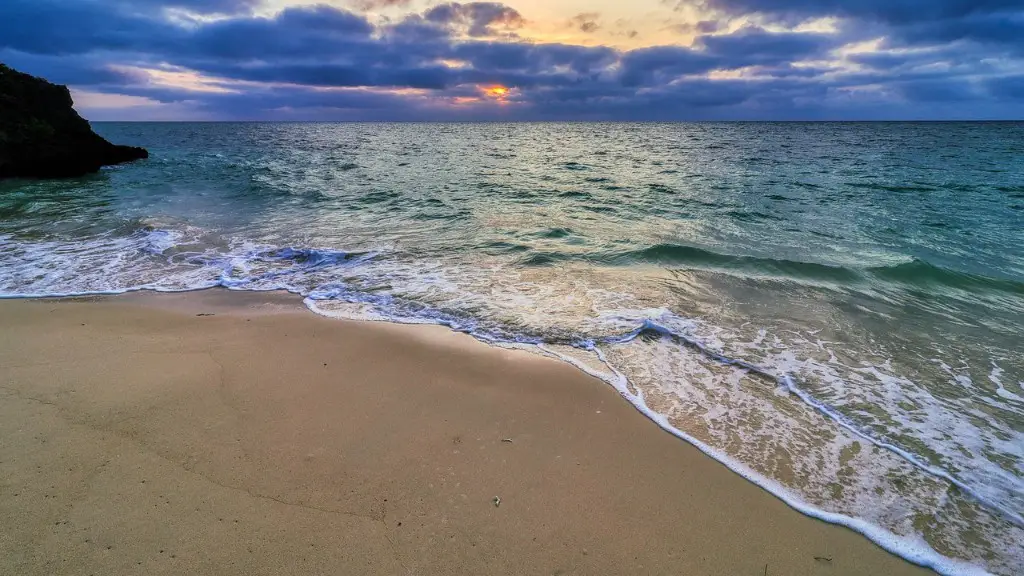What Countries Are In The South China Sea
The South China Sea is a highly contested body of water that serves as a vital economic link between countries around the world. The South China Sea contains some of the world’s most important shipping routes between East Asia and the West and is home to lucrative fishing grounds and potential untapped oil and natural gas reserves. With such strategic importance and potential riches, it comes as no surprise that many countries have claimed ownership of parts of the South China Sea, or have made extensive claims on the rights to fish, drill or explore in the regions adjacent to their coastlines.
The South China Sea is made up of roughly three distinct regions, the Gulf of Thailand, the Gulf of Tonkin and the South China Sea proper. These regions are bordered by China, Vietnam, Malaysia, Philippines, Indonesia and Taiwan, with the People’s Republic of China (PRC) claiming the largest area of the three regions. In addition to the PRC, the other main claimants in the South China Sea are Vietnam, Malaysia, the Philippines and Taiwan.
Within the South China Sea, the People’s Republic of China claims rights to most of the territories on the basis of historic continuity and the nine-dashed line, which denotes that a majority of the sea resources fall within their jurisdiction. In response, several nations have made counterclaims, most notably Vietam and the Philippines, who argue that their respective coastline directly border the South China Sea and that they therefore have the right to access and exploit the resources of the sea. Thus, a number of disputes over the rights to resources contained within the South China Sea have arisen.
In recent years, China and other countries in the South China Sea have been engaged in diplomatic talks to resolve the territorial disputes and clarify their respective rights and responsibilities, largely without success. Although a regional code of conduct is being negotiated, it is unlikely to settle the disputes completely, and further negotiations will be necessary in order to find a lasting solution. With countries vying for control over the valuable resources of the South China Sea, it seems likely that disputes will arise in the future – and only through cooperation, negotiations and compromise can a lasting resolution be found.
The Role of International Law
International law, specifically the United Nations Convention on the Law of the Sea, is of vital importance in settling the various claims made by countries in the South China Sea. As a primary source of authority for all disputes regarding maritime boundaries, the UNCLOS is a crucial tool in helping to ease tensions in the region. Under the treaty, countries have the right to an Exclusive Economic Zone in the area up to 200 nautical miles from their coastlines, and within this area they have full control over the exploitation of resources. In addition, the treaty specifies guidelines for the determination of continental shelves, continental boundaries and maritime rights, which can be of great help in resolving territorial disputes.
Although the UNCLOS is widely accepted as the basis for legal claims regarding maritime boundaries, it is not universally applied. Most notably, the PRC has not officially recognized the treaty, and instead relies on their own ‘historical rights’ in the area. As a result, other countries in the region have been forced to take a harder line and actively promote the use of international law to solidify their territorial claims.
In addition, a number of international bodies, such as the United Nations and the International Court of Justice, are involved in mediating and resolving disputes in the South China Sea. In recent years, a number of cases have been taken to these organizations, such as the Philippines v. China case in 2016, which saw the International Tribunal on the Law of the Sea agree with the Philippines’ arguments and grant them a 200-nautical-mile exclusive economic zone in parts of the South China Sea. It is hoped that the verdict will set a precedent for future disputes and help to reduce tensions between countries in the region.
The Impact of the Disputes
The ongoing disputes in the South China Sea have had a profound effect on both the countries involved and the wider world. In its most basic form, they have caused a great deal of mistrust and animosity between the claimants, making it difficult to reach any kind of agreement on the issues. For example, in 2014 a joint agreement between China and the Philippines to explore and develop resources in the South China Sea was blocked by other claimants, worsening relations between the two countries.
The disputes in the region have also had a negative effect on the stability of the South China Sea as a whole. The region is home to a number of vital shipping routes, and any disruption or instability in the region could have a serious impact on global trade and security. The presence of increased militarization in the region due to the ongoing disputes has also raised fears of a conflict between the claimant states, which could threaten the security of the entire region.
Environmental Effects
In addition to the economic impacts, the disputes in the South China Sea have caused serious environmental damage through the destruction of coral reefs and fish stocks. In many areas, large-scale dredging operations have been conducted in order to create artificial islands and extend existing coastlines. This has had a devastating effect on the marine ecosystems in these areas, destroying vital habitats and depleting fish stocks.
In addition, illegal fishing activities are common in the South China Sea, as the disputed boundaries mean that there is no clear ownership of fishing rights in the region. This has led to a fishing ‘free-for-all’, with large foreign vessels able to take advantage of the lack of regulation and fish without consequence. As a result, the local fish population has been depleted, leading to a decline in the local fishing industry and long-term environmental damage.
Intra-Regional Dialogue
In order to address the ongoing disputes in the South China Sea, it is essential that intra-regional dialogue is encouraged. Although some tentative steps have already been taken in this direction, more needs to be done in order to facilitate cooperation between the countries involved. In particular, cooperation on the issue of illegal fishing needs to be encouraged, as this would not only bring down tensions between the claimants and help protect vital marine ecosystems, but it could also lead to increased economic opportunities for the countries involved.
In addition, it is important that the international bodies involved are given the space and resources to broker a lasting solution to the disputes. The United Nations and International Court of Justice are invaluable in helping to resolve the various territorial and fishing rights disputes, and it is essential that their efforts are supported by all the countries in the region in order to ensure that a lasting peace is achieved.
Conclusion
The disputes in the South China Sea have been ongoing for several decades and show no signs of abating. It is essential that a lasting resolution is found in order to ensure the stability of the region, and to prevent any further environmental damage. Although the issues are complex and the claimants are often in disagreement, it is essential that they work together to achieve a mutually satisfactory outcome that takes into account their respective interests and the needs of the wider region.



